‘Well growing gilts will have more liveborn piglets’
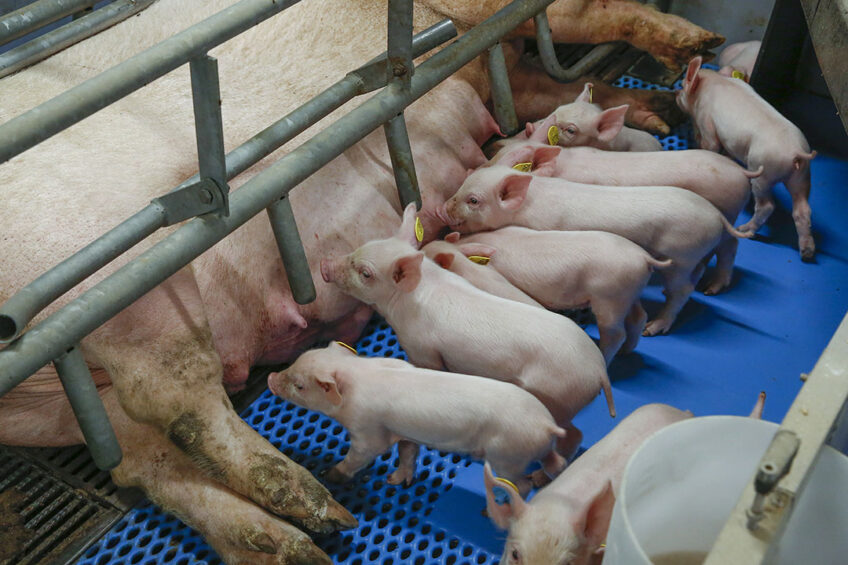
New data by livestock management company Nedap show that gilts that gain decent amounts of weight during gestation, will eventually produce a litter with more piglets born alive.
Breeding gilts putting on the most weight during gestation will produce more liveborn piglets than poorly growing gilts. That was the outcome of an analysis of management system Porcitec, carried out by Nedap. The data on which this outcome was based were gathered on a pig farm with 3,000 sows in Spain. That pig farm has a weighing unit for gestating gilts and sows and also has an automatic feeding system in the farrowing house.
More stillborn piglets at lighter sows
The analysis showed that gilts that put on less than 30kg in body weight during gestation, would produce 3 live born piglets less than those gilts putting on over 100kg. In addition, the number of stillborn piglets was higher with the lighterweight gilts in comparison to the heavyweight gilts.
Gilts that put on less than 30kg during gestation, would produce on average 14.56 piglets, whilst the gilts growing 60-90kg or even more, would produce 15.94 to 17.25 more live born piglets. The number of stillborn piglets was 1.65 with gilts that put on less than 30kg; the sows putting on 60-90kg or more would produce between 1.58 and 0.75 stillborn piglets.
Good gilt management
Arno van Brandenburg, business development manager at Nedap, said that finetuning at animal level could be the next step in data use from individual feeding equipment and weighing units.
He said, “By looking more closely how a gilt or sow grew during the previous round of gestation, it is possible to much better monitor the current gestation, to achieve an optimum performance. In case there are gilts or sows that have been inseminated at a lower weight level but do grow well during gestation and are on track for a nice litter of piglets, there is the challenge: to guide these animals even better during gestation.”
 Beheer
Beheer
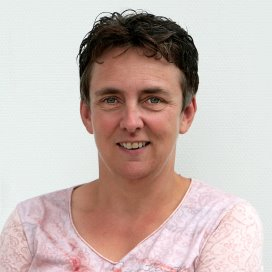
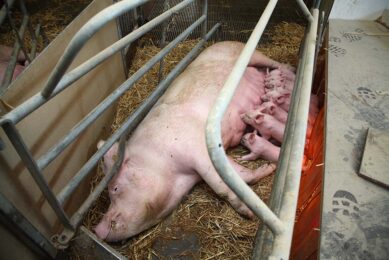
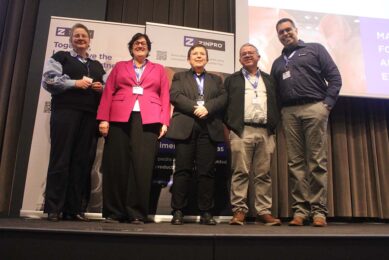

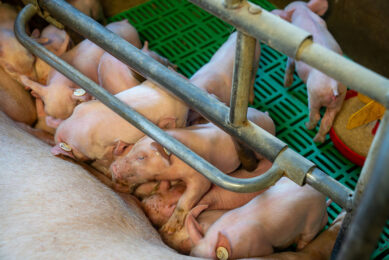



 WP Admin
WP Admin  Bewerk bericht
Bewerk bericht